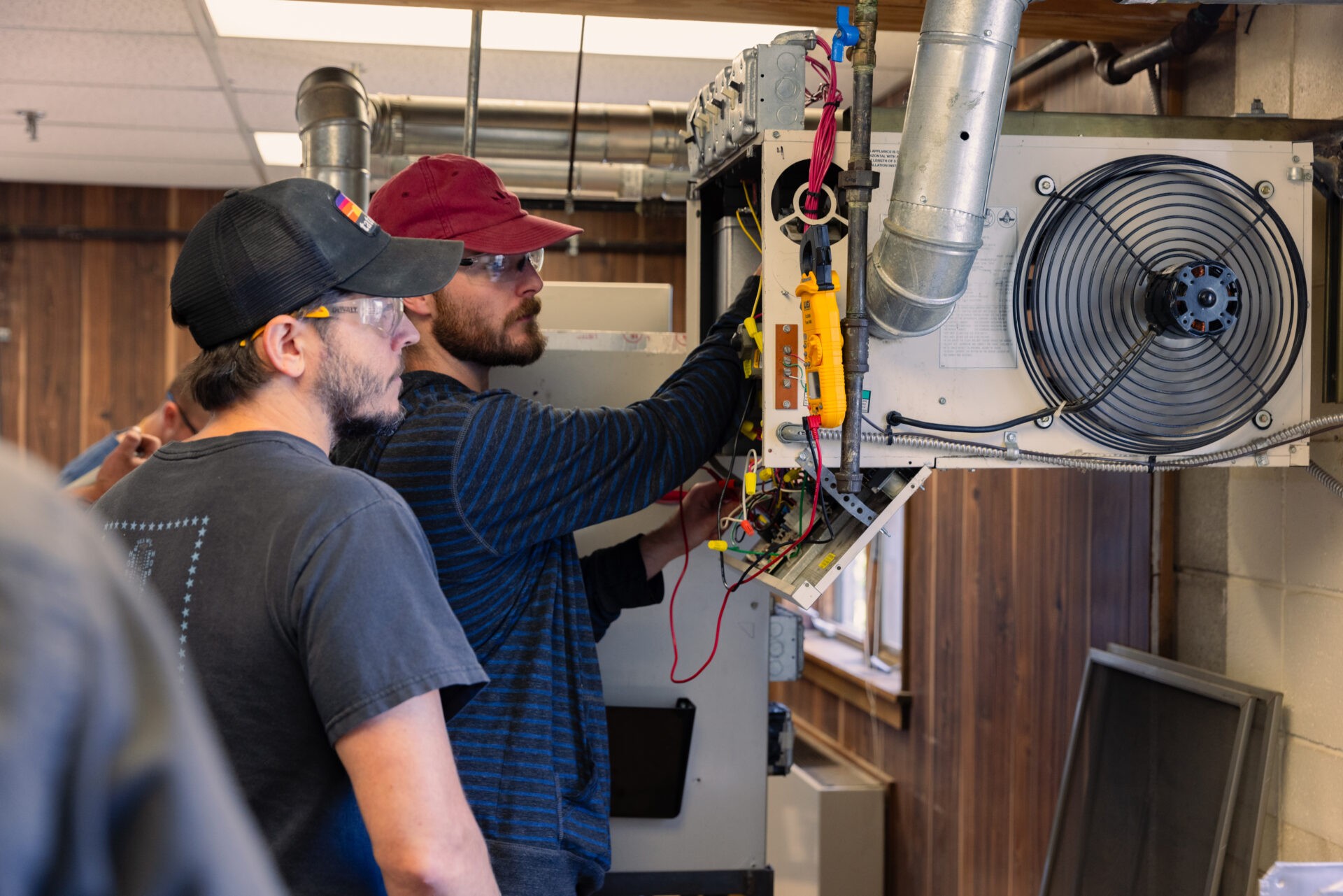
If you’re considering a career in healthcare, you may be torn between becoming a medical assistant vs a phlebotomist. Both professions play vital roles in patient care and offer rewarding experiences. In this article, we will explore the similarities and differences between medical assistants and phlebotomists to help you make an informed decision about your future career path.
What is a Medical Assistant?
Medical assistants are highly trained healthcare professionals who provide crucial support services to physicians and other medical staff. They perform a variety of clinical and administrative tasks that contribute to the overall efficiency and effectiveness of healthcare facilities. Some of the key responsibilities of medical assistants include:
- Scheduling appointments and managing patient records
- Assisting physicians during examinations and procedures
- Taking and recording vital signs
- Collecting and preparing specimens for laboratory testing
- Administering medications and injections under the supervision of a physician
- Providing patient education and support
To become a medical assistant, you’ll need to complete a high school diploma or GED, followed by a comprehensive training program. There are several paths you can take to obtain the necessary education, such as earning an associate’s degree from a technical university, getting a diploma from a community college, or completing an online training program. Online training programs are increasingly popular due to their flexibility and affordability.
What is a Phlebotomist?
Phlebotomists are specialized healthcare professionals who focus on drawing blood and collecting other specimens for laboratory analysis. They play a critical role in ensuring accurate diagnostic results and contribute to patient care and treatment plans. The main responsibilities of phlebotomists include:
- Collecting blood samples from patients
- Properly labeling and storing specimens for transport to the lab
- Maintaining and calibrating phlebotomy equipment
- Educating patients about the blood collection process
- Providing emotional support to anxious or nervous patients
To pursue a career as a phlebotomist, you’ll typically need a high school diploma or GED equivalent. You can then complete a formal training program in phlebotomy or gain one year of supervised work experience in the field. Training programs cover topics such as anatomy, medical terminology, and specimen collection techniques. Some programs also include an externship component to provide hands-on experience.
Similarities Between Medical Assistants and Phlebotomists
While medical assistants and phlebotomists have distinct roles and responsibilities, there are several key similarities between the two professions. These similarities include:
Specialized Training
Both medical assistants and phlebotomists require formal training to perform their jobs effectively. Medical assistants undergo a comprehensive training program that covers various aspects of healthcare, including clinical procedures, medical billing and coding, and administrative tasks. Phlebotomists, on the other hand, focus specifically on blood collection techniques and related procedures. The training for both professions includes a combination of classroom instruction and hands-on practice.
Interpersonal Skills
Both medical assistants and phlebotomists work directly with patients, so excellent interpersonal skills are essential. They must be able to communicate effectively, provide compassionate care, and interact with individuals from diverse backgrounds. Building trust and establishing rapport with patients is crucial in both roles, as it helps create a positive and comfortable healthcare experience.
Flexibility and Adaptability
The work of medical assistants and phlebotomists can be fast-paced and unpredictable. They need to be flexible and adaptable to changing circumstances, as their daily routines can vary based on patient needs and healthcare facility requirements. Both professions require individuals who can handle stress well, stay calm under pressure, and maintain accuracy in their work.
Understanding of Medical Terminology
Medical assistants and phlebotomists must have a solid understanding of basic medical terminology to effectively communicate with healthcare professionals and perform their duties accurately. This knowledge allows them to navigate medical records, understand physician instructions, and provide clear explanations to patients.
Blood Collection Skills
While phlebotomists specialize in blood collection, medical assistants may also be trained and certified to draw blood under the supervision of a licensed physician. Medical assistant training programs often include phlebotomy courses to equip students with the necessary skills. This versatility allows medical assistants to contribute to various aspects of patient care, including specimen collection.
Differences Between Medical Assistants vs A Phlebotomist
Although medical assistants and phlebotomists share some similarities, there are notable differences between the two professions. These differences include:
Range of Duties
Medical assistants typically have a broader range of responsibilities compared to phlebotomists. In addition to blood collection, medical assistants may take vital signs, assist with medical procedures, schedule appointments, handle billing and coding tasks, and maintain patient records. Their role is more comprehensive and versatile, reflecting their position as crucial members of the healthcare team.
Phlebotomists, on the other hand, specialize primarily in blood collection and related procedures. They are experts in venipuncture techniques and must adhere to strict protocols to ensure the accuracy and integrity of collected specimens. While blood collection is their primary responsibility, phlebotomists may also assist with specimen processing and lab-related tasks.
Workplace Settings for Medical Assistant vs A Phlebotomist
Medical assistants and phlebotomists often work in different healthcare settings. Medical assistants are commonly employed in clinics, physician’s offices, and outpatient centers, where they work closely with physicians, nurses, and other healthcare professionals. Their role is centered around direct patient care and administrative support.
Phlebotomists, on the other hand, are more likely to work in hospitals, diagnostic laboratories, blood banks, and blood donor centers. Their focus is on specimen collection and processing, which requires specialized equipment and facilities. They work alongside laboratory technicians and other laboratory staff to ensure accurate and timely analysis of specimens.
Job Outlook and Salaries
Both medical assistants and phlebotomists can expect positive job growth and competitive salaries in the healthcare industry. According to the U.S. Bureau of Labor Statistics, medical assistants can anticipate a 16% job growth from 2021 to 2031, while phlebotomists can expect a 10% growth during the same period. These growth rates are higher than the average for all occupations, indicating a strong demand for skilled professionals in both fields.
In terms of salary, medical assistants earn an average annual wage of $37,190, while phlebotomists earn slightly higher at $37,380. It’s important to note that salaries may vary based on factors such as experience, location, and level of education. Certified professionals and those with additional specialized skills may also command higher salaries.
Conclusion
Choosing between a career as a medical assistant or a phlebotomist is a personal decision that depends on your interests, skills, and career goals. Both professions offer rewarding opportunities to make a positive impact on patients’ lives and contribute to the healthcare industry. Medical assistants have a broader scope of responsibilities and work closely with physicians, while phlebotomists specialize in blood collection and processing.
Consider your strengths, preferences, and long-term career aspirations when making your decision. Research accredited training programs, explore job prospects in your area, and seek guidance from professionals in the field. With the right education and training, you can embark on a fulfilling healthcare career that aligns with your passion for helping others. Ready to take the next steps? Contact an admissions rep at Northeast Technical Institute Today!








